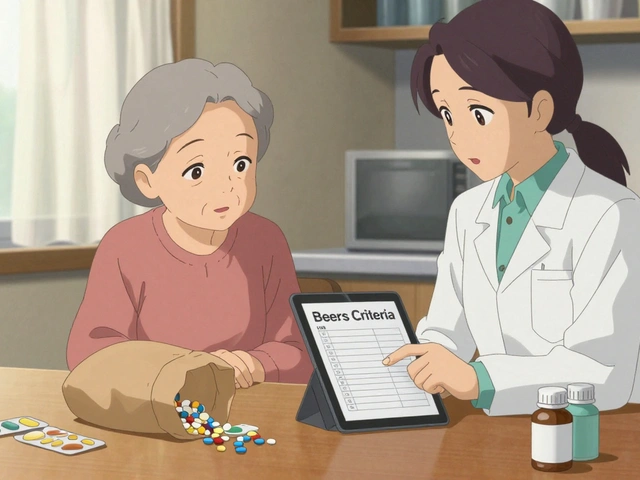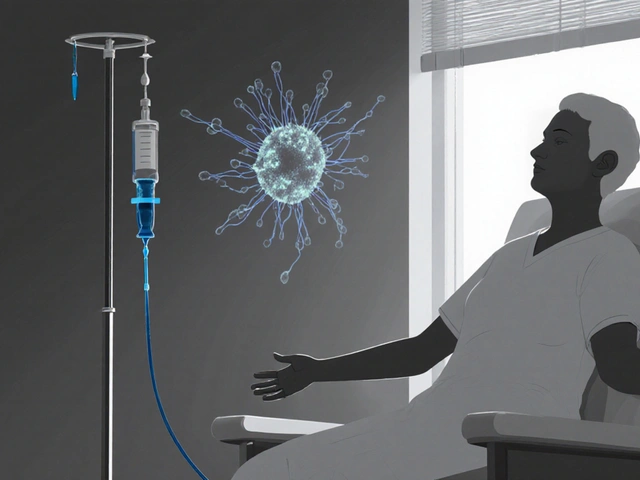Blood Thinner Basics: What You Need to Know
If your doctor prescribed a blood thinner, you probably have questions. These meds keep clots from forming, which can save lives when you have atrial fibrillation, a deep‑vein thrombosis, or a heart valve. But they also come with rules you must follow to avoid bleeding problems. Below is a straight‑forward rundown of how they work and how to stay safe.
How Anticoagulants Prevent Clots
Blood thinners, or anticoagulants, interfere with the chemistry that makes fibrin strands knit together a clot. The older drug warfarin blocks vitamin K, a key ingredient for clotting factors. Newer agents like apixaban, rivaroxaban, and dabigatran target specific steps in the clotting cascade, so they don’t need regular blood tests.
Each medicine has a different onset. Warfarin can take a few days to reach full effect, while the direct oral anticoagulants (DOACs) start working within hours. That’s why doctors choose one over another based on how quickly you need protection and how easy it is for you to stick to the schedule.
Even though they stop clots, these drugs don’t dissolve ones already formed. If you suspect a clot, you’ll need other treatments like clot‑busting drugs or procedures. Blood thinners are about prevention, not cure.
Practical Tips for Safe Use
1. Follow the dosage exactly. Missing a dose or taking an extra pill can swing you from safe to risky in minutes. Set an alarm or use a pill‑box.
2. Watch your diet. Warfarin reacts with leafy greens, cranberry juice, and vitamin K supplements. For DOACs, food doesn’t matter as much, but avoid grapefruit if you’re on certain brands.
3. Know the warning signs. Unexplained bruising, nosebleeds that won’t stop, black stools, or severe headache could mean you’re bleeding too much. Call your doctor right away.
4. Check other meds. Over‑the‑counter painkillers like ibuprofen, some antibiotics, and herbal supplements can boost bleeding risk. Always list every product you take when you see a pharmacist.
5. Keep a medical ID. A bracelet or wallet card that says you’re on a blood thinner helps emergency responders act fast.
6. Stay active but smart. Light exercise is fine; avoid contact sports or activities where you could get a serious cut.
If you’re curious about clotting issues, our Blood Clotting Disorders article breaks down symptoms and new treatments. For a look at how vitamin B6 might affect joint pain, check out the Pyridoxine post.
Finally, don’t skip routine check‑ups. Even DOAC users benefit from kidney function tests every now and then, because the drugs clear through your kidneys. Staying on top of labs keeps dosing appropriate and cuts down surprise side effects.
Bottom line: blood thinners are powerful tools when used correctly. Stick to your schedule, watch what you eat, flag any weird bleeding, and keep an open line with your healthcare team. With those habits, you’ll reduce clot risk while keeping safety in check.

Plavix: Everything You Need To Know About This Blood Thinner
- By : Archer Hamilton
- Date : May 23 2025
Plavix is one of the most widely prescribed blood thinners for heart health. This article explains how it works, who needs it, and what to expect if your doctor prescribes it. You'll get detailed info on side effects, what drugs or foods to avoid, and practical tips for living safely with Plavix. If you or someone you care about takes Plavix, this is your essential guide.





